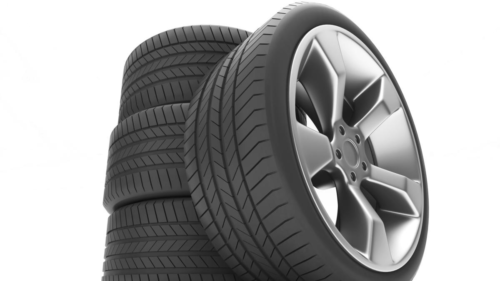How to use a timing light: the simplest explanation
Many old model cars or automobiles need you to adjust the timing. This time refers to the overall performance of a vehicle. And if done correctly, you notice a significant improvement in the driving experience, while incorrect timing leads to a bad experience. The tool that is used to adjust the timing of a vehicle is known as a timing light and today we are going to learn how to use a timing light.
Guide to use the timing light by yourself.
Let’s talk about timing before we dive into how a timing light is used.
What is time?
Let’s get to know a few more factors about the time in your car before you start using the tool. You see the time in degrees that you can move forward or backward. It is done by testing your car’s exact timing and comparing it to your car’s manual. Accordingly, adjust the time backwards or forwards until it matches your car manual.
In detail, the engine works by using small bursts of gasoline to make the pistons move up and down. That movement turns the motor which, in turn, turns the gears and turns the wheels. We use electric spark plugs to ignite gasoline, so when we talk about timing a vehicle, we’re generally talking about making sure the spark plug fires at the best possible time.
The engine works by using small bursts of gasoline to make the pistons move up and down.
So you can easily adjust the time using a time light. Let’s talk about time numbers.
understand the number of time
The time standard is really important. That is why you must understand time numbers. Time settings are measured in degrees. You will move your time forward or back a few degrees during this process. You can find these numbers on the crankshaft pulley or on the flywheel of the engine. It will be the guide for precise time setting. By looking at that number, you can compare what you see to the manufacturer’s recommendations. And that number is different depending on car models, car manufacturers. But it’s not listed in your owner’s manual, so you can check manufacturer’s websites or listings for professional mechanics.
By looking at that number, you can compare what you see to the manufacturer’s recommendations.
For now, let’s move on to how to use a timing light.
How to Use a Timing Light – The Basics and General Process
Once you have grasped the basic information about timing in the car, what you need to know next is how a timing light works and how to use a timing light.
SEE MORE:
This is how you can replace the faulty timing belt
This is how you can get a boost for horsepower
1. Learning to use the timing light
The first step on how to use a timing light, you must first look at the timing ribbon and what it says. You see the zero on the tape; the number on the right side indicates the downward movement and the left side shows the upward movement of the piston.
This way, when you move the wheel to the right, you advance time and when you move the wheel to the left, time is delayed. To prepare, have the manual handy that shows the process of setting the time. Take the key out of the ignition and keep the engine off.
Now you need to read the timing and to do this understand the auto timing lights clips as the manual says. Connect the clips accordingly where the red clip goes to the positive terminal and the black clip goes to the negative battery terminal. This is the step you need to do correctly to learn how to set timing with a car timing light. The wrong accessory results in incorrect readings.
By now you are done attaching both clips. Now, the third clip is supposed to go with the number 1 spark plug wire. Start the vehicle and set it to idle.
Note: the timing light concept works only on four-stroke engines and not on modern cars.
The gun then displays the number as it rotates so you can take note of the spark plug firing. It happens when the spark ignites fire, and gives a signal to the light that goes into the gun, and illuminates the number.
2. What’s next? the process beyond
Make sure your car is in neutral and you can call a friend to rev the engine while you go through the process. At this point the light freezes and you need to put the light on the steering wheel or harmonic balancer. Keeping the rev set at 3500 RPM provides more help. Check out more maintenance tips here.
Some cars also feature vacuum timing, and if this is the case, you will need to loosen the distributor bolt a bit. Remove the vacuum hose from the carburetor and connect it with a rag.
By now, you know the current timing on your car that you need to adjust. Whether you need to adjust it or not depends on your car manual. Compare it to the current reading and adjust the distributor in one direction or the other.
By looking at the timing light number, you know what you need to adjust.
Having someone by your side helps you rev up the engine so you can match up the exact readings based on your car manual. Once you have finished establishing the correct readings, tighten the distributor bolt. This is the process of learning how to use a timing light. Lastly, make sure you have connected the vacuum hoses.
The whole process can be done without any effort if you take the car to the professional repair shop. Anyone who is not on the DIY path or does not want to carry out technicalities can take the vehicle to the repair shop. However, it is always good to learn how to use the timing light to save some money each time. Also, it’s beneficial to understand the workings of your four-stroke engine if you want to dig deeper.



